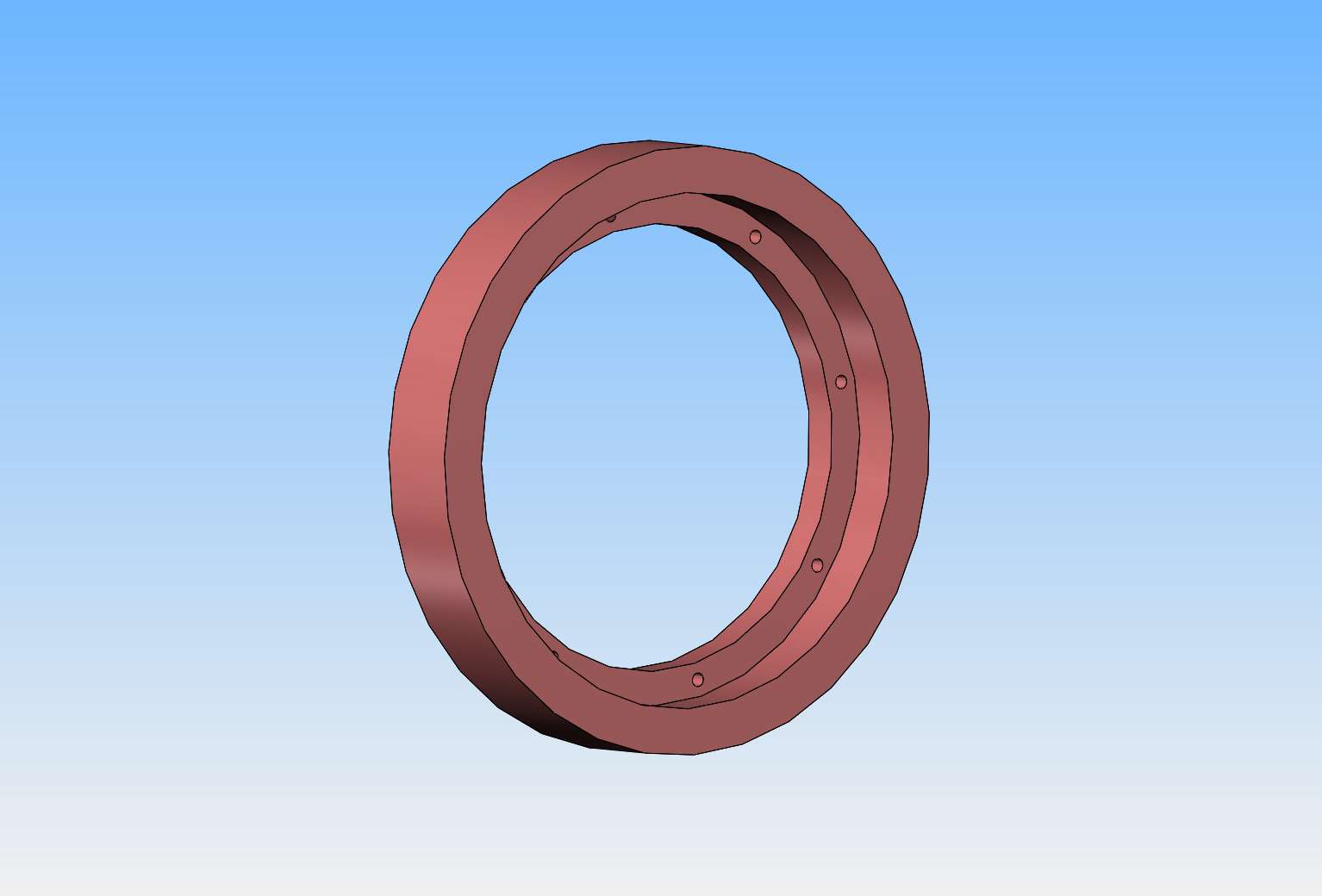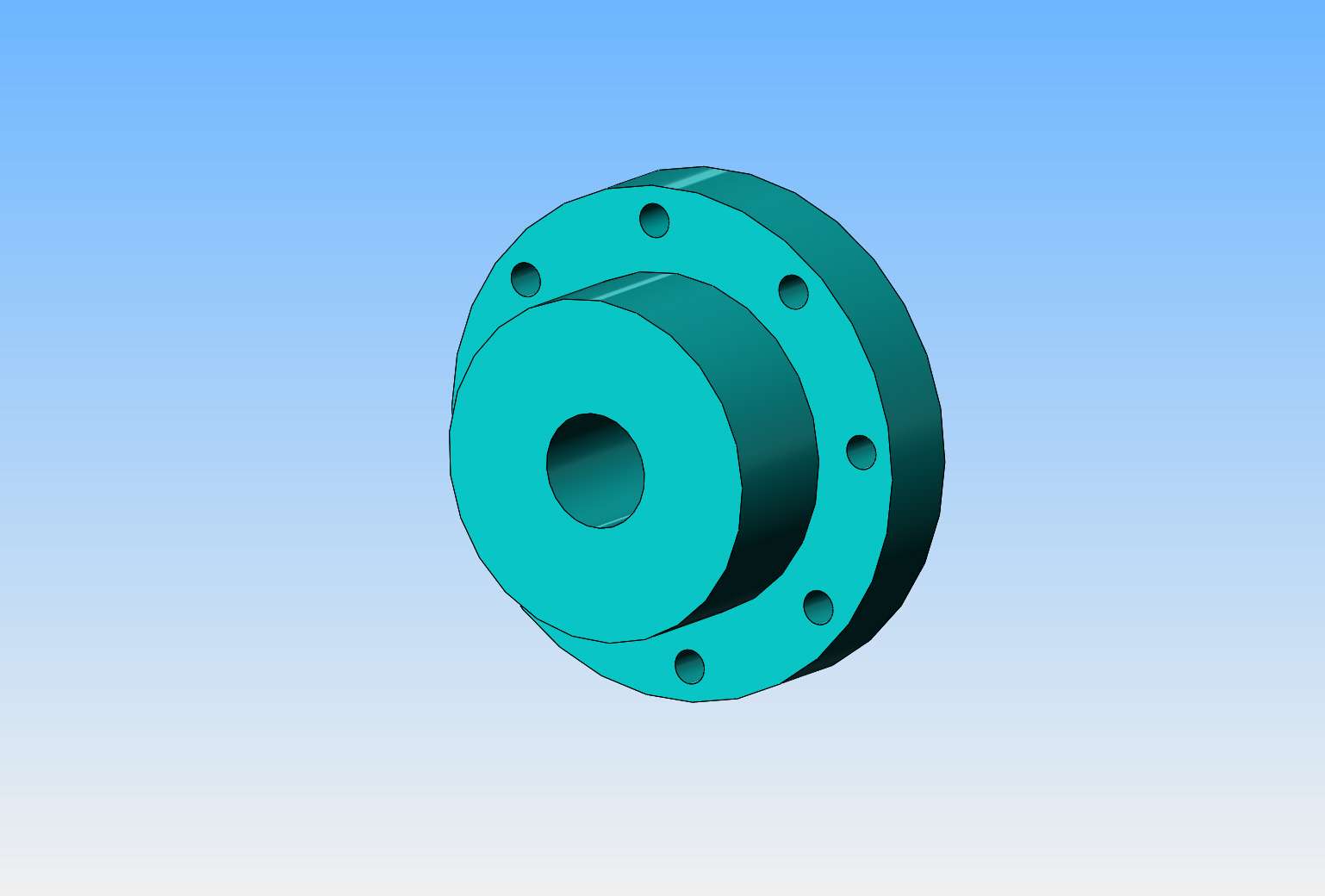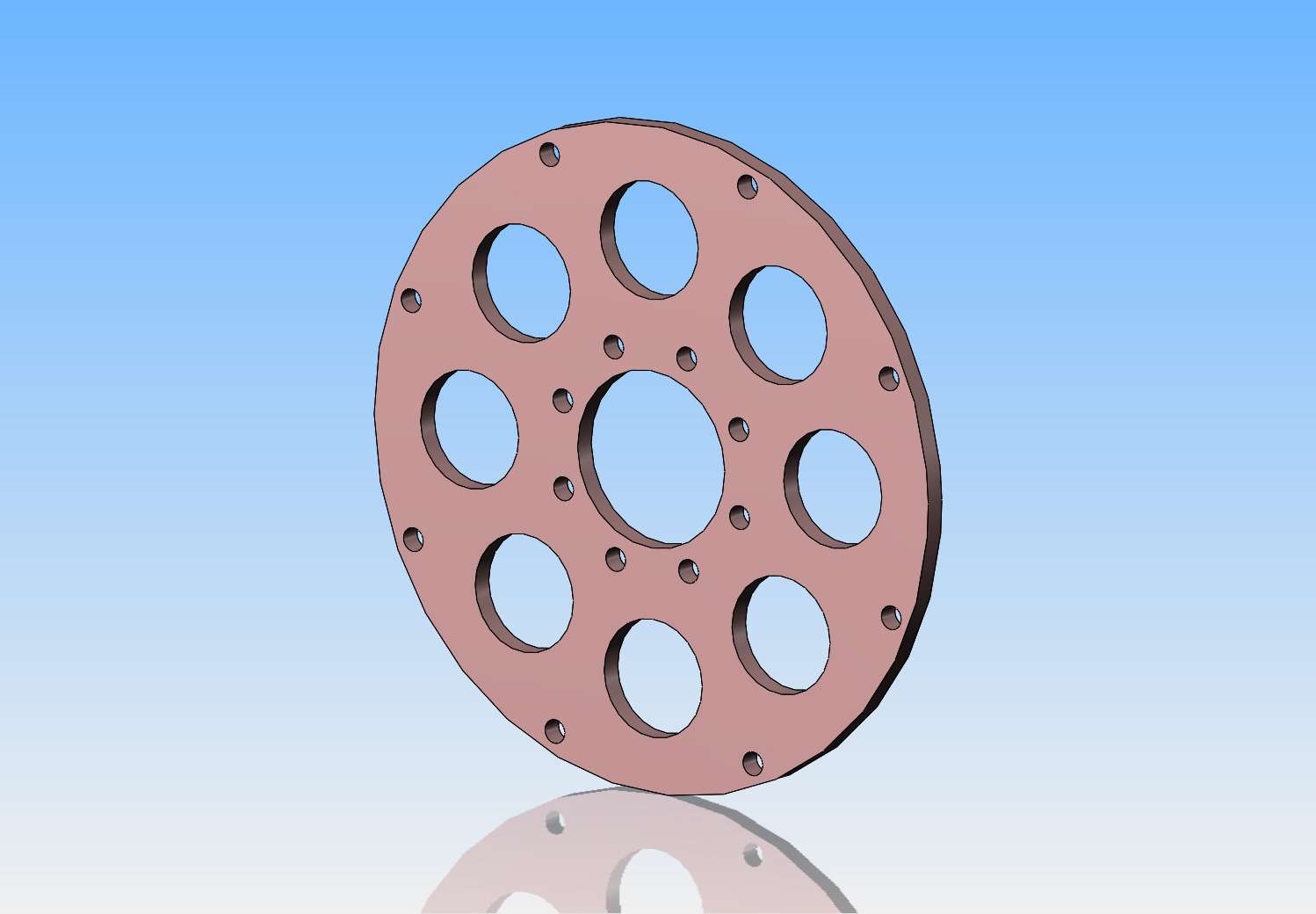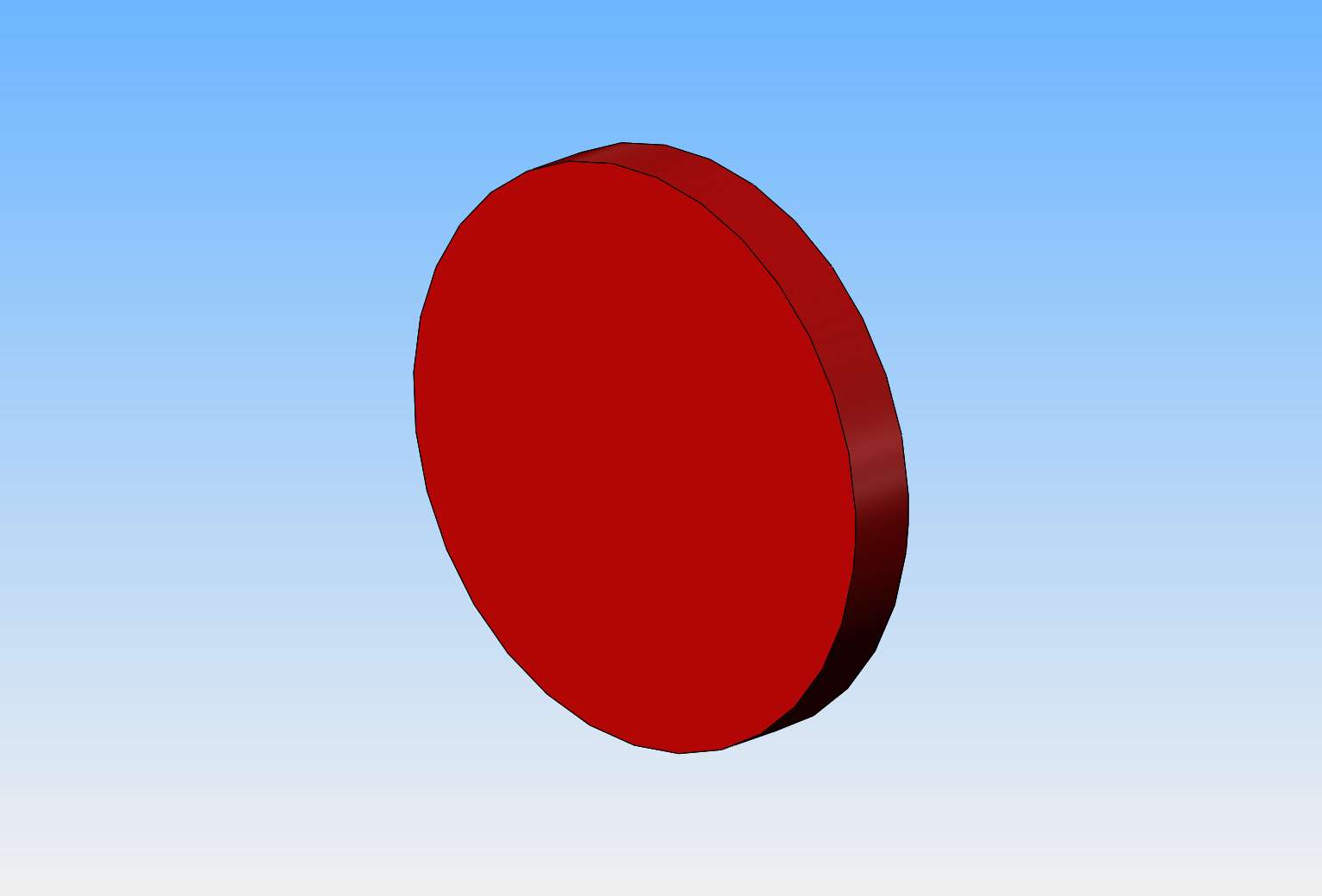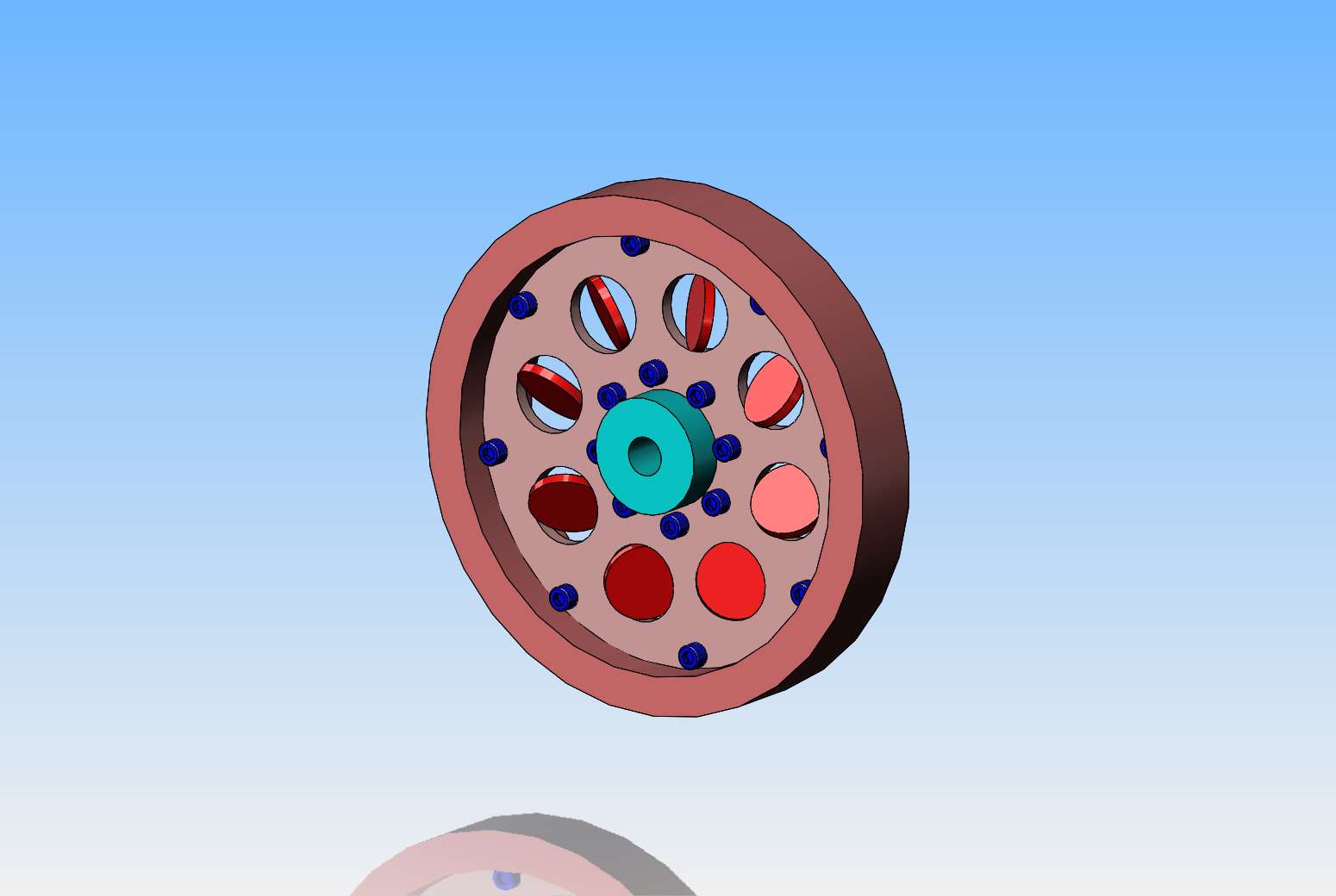I'm bored today, and that is not a good thing. I haven't built much of anything since Christmas, but I woke up this morning thinking about a flat-head hit and miss engine. I did a web search and found a few flat-head Briggs and Stratton engines that had been modified to be hit and miss engines, but no "real" air cooled hit and miss flathead engines from "back in the day". Jason was kind enough to send me some information on water cooled flat-head engines, but the flat head was hidden by a ball shaped water reservoir. Okay---if I build one, it has to be air cooled, and I don't want to run a separate belt driven fan. This takes me back to my air cooled twin cylinder which was cooled by a flywheel with vanes attached to the outside, running inside a metal shroud so it wouldn't become a meat chopper. This time I want a flywheel with something similar to vanes, but with the outer shroud built into the flywheel. So---If I started with a piece of 6" double strong pipe x 1" long, I could make the outer rim from steel something like this, and it would be 6 5/8" outside diameter.
